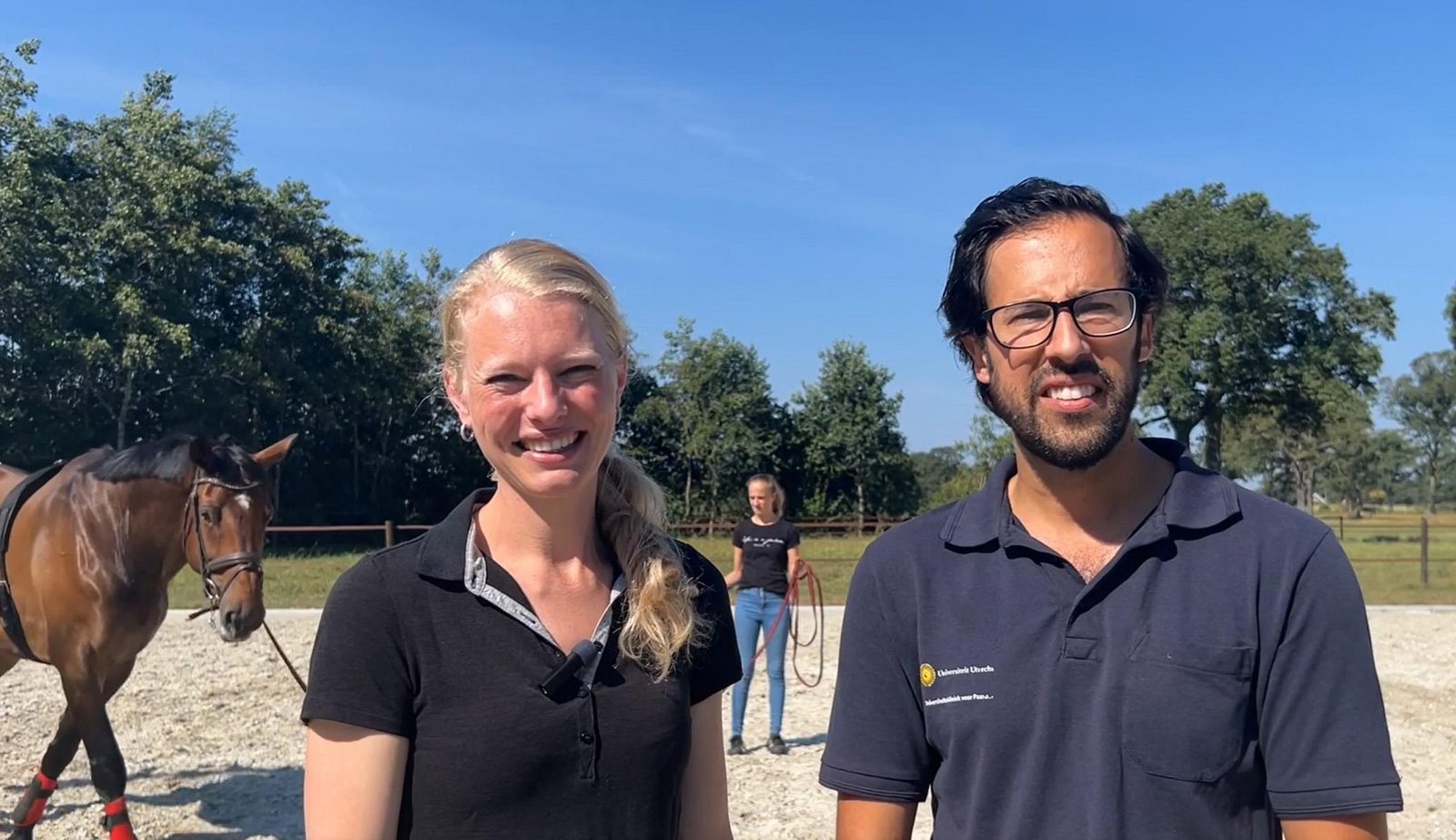
Equine objective gait analysis through history
Is equine quantitative gait analysis a new tool for horse doctors?
Equine objective gait analysis - a journey through time
Quantitative, or objective gait analysis technology is not such a recent development as one might think. A well-functioning musculoskeletal system has always had a high priority for the horse. Both during former work in agriculture and in wars, as well as in the horse's current role as a sport and leisure animal. Understanding and evaluating lameness has always been a challenge for veterinarians. Abovementioned is likely the cause that, for centuries, there has been a great interest in studying the horse’s locomotor system.
Muybridge was the first researcher to use technology for studying horse locomotion. He did this by the newly developed technique of photography, back in the 1870s. Thereby, he could visualise the different phases of a stride, including the suspension phase. The first pneumatic accelerometer was developed by Marey in 1873. With this device, he was able to record the movement of the limbs and thereby the footfall patterns of horses.
It took a few years after World War II, probably due to the massive mechanisation, which made the horse less relevant for human society. Around 1960, where the horse’s job changed into a sports and leisure animal, research on equine gait analysis was further developed.
Sweden was one of the prominent countries doing research on this subject, with Fredricson and Drevemo working with 2D high-speed cinematography. Shortly after, researchers from Austria started using 3D optical motion capture. This work, done by Kübber and Kastner from Vienna, increased the accuracy dramatically and was the first work that allowed studying the kinematics of head, withers and pelvis in case of lameness, the main parameters we still use nowadays.
A few years later, in 1996, these parameters were further investigated by Buchner from The Netherlands, to be used in clinical applicable methods. The most recent developments are those around the clinical application of sensor technology, in which Barrey and Audigie played an important role.
The latter two categories, 3D optical motion capture and sensor-based technology (mostly containing intertial measurement units (IMU's)), are currently the most important and accurate technologies for clinical motion analysis in horses in daily practice.
Are you an equine veterinarian interested in working with gait analysis? Or are you already using quantitative gait analysis on a daily basis, but you are struggling with the data interpretation? The Equine Gait Analysis Society (EGAS) organises a post-academic course for equine orthopaedic veterinarians. Want to know more? Visit the webpage or subscribe for the course!


